
Types of Video Wall Controllers
Modular Video Wall Controller: Modular controllers are designed with individual modules that can be added or removed to create a customized video wall configuration. Each module typically handles specific inputs and outputs, such as HDMI, DisplayPort, or DVI. This modular design allows for scalability, as you can easily expand or shrink the video wall by adding or removing modules. It also offers flexibility in terms of screen layouts, resolutions, and video wall management. Modular controllers often support features like redundant power supplies and hot-swappable modules for improved reliability and maintenance.
PC-Based Video Wall Controller: PC-based controllers utilize a dedicated computer as the central processing unit for the video wall. The controller software is installed on the PC, which manages and controls the video wall setup. PC-based controllers offer great flexibility and compatibility with various software applications, allowing for advanced features like real-time content manipulation, video processing, scheduling, and integration with other systems. These controllers can handle demanding video wall configurations and high-resolution content. PC-based controllers can be configured with powerful hardware components to handle complex video wall setups.
AV Over IP Video Wall Controller: AV over IP controllers transmit video and audio signals over an IP network infrastructure. They convert video signals into IP packets and distribute them to networked displays. AV over IP controllers leverage standard network protocols and infrastructure, enabling scalability and flexibility. Multiple video sources can be distributed to multiple displays across different locations, allowing for centralized management and control. AV over IP controllers often utilize compression algorithms to minimize bandwidth requirements and maintain video quality.
Standalone Video Wall Controller: Standalone controllers are self-contained units that include the necessary hardware and software for video wall control. They are typically compact and designed for smaller-scale video wall installations. Standalone controllers are often user-friendly, offering simplified setup and management. They may have built-in video processing capabilities, enabling basic video wall configurations without the need for external devices or complex software integration.
Software-Based Video Wall Controller: Software-based controllers rely on software applications installed on a computer or server to control the video wall. These controllers provide flexibility and customization, as they can leverage the processing power and capabilities of the host computer. Software-based controllers often offer advanced features such as content management, real-time visualization, scheduling, and integration with other systems. They can support various input sources and allow for easy content manipulation and layout configurations.
It's worth noting that some video wall controllers may combine multiple types or functionalities. For example, a modular controller might incorporate PC-based capabilities by utilizing a computer as one of its modules. Similarly, a software-based controller may integrate AV over IP functionality for distributed video wall setups. The choice of video wall controller depends on factors such as scalability requirements, budget, desired features, and specific installation needs.
Introducing Hipersign Video Wall Controllers: Unleash Visual Brilliance with Versatility. Our lineup features modular, PC-based, standalone, AV over IP, and software-based controllers, providing the flexibility to create captivating video walls. With Hipersign, you have the power to customize, control, and deliver stunning visual experiences. Elevate your displays to new heights with Hipersign Video Wall Controllers.

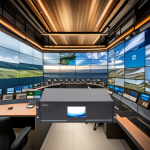
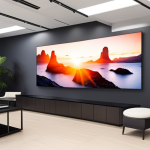


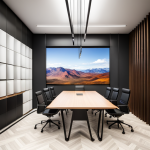
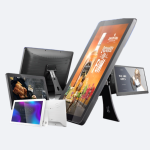

%20(1)-150x150.png)
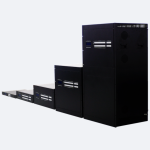

-150x150.png)
1 Comment(s)
1
1
1
1
1
1
Leave a Comment